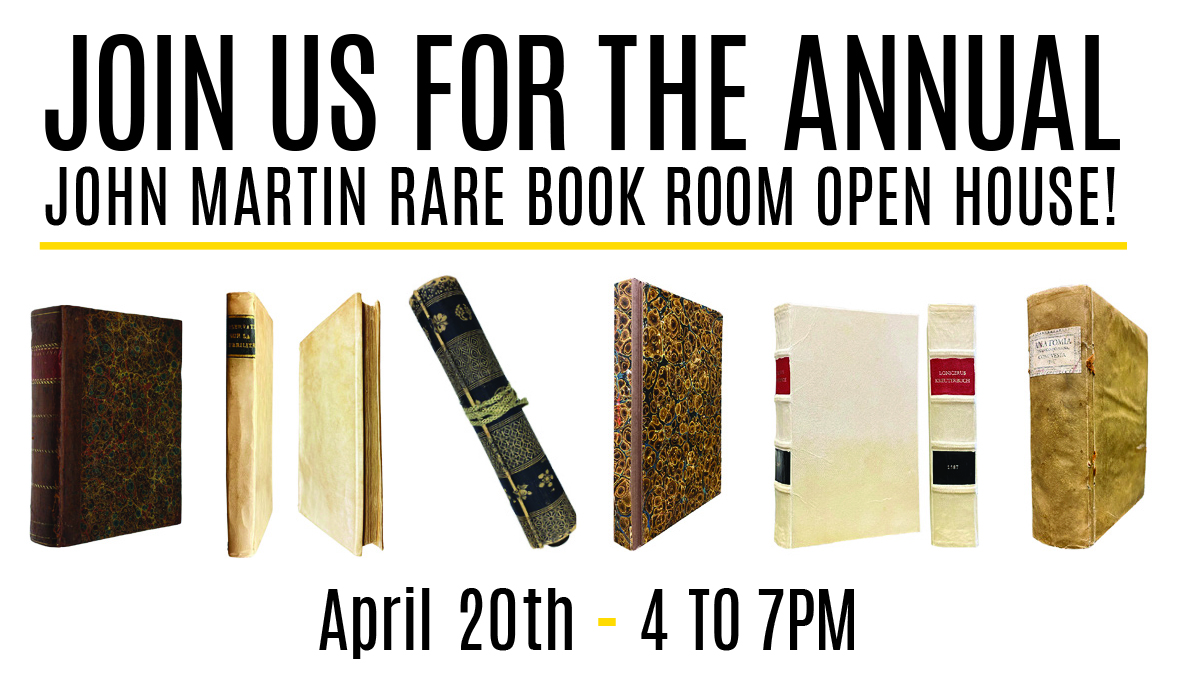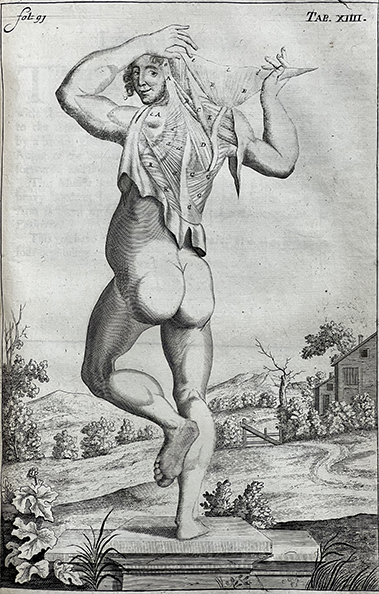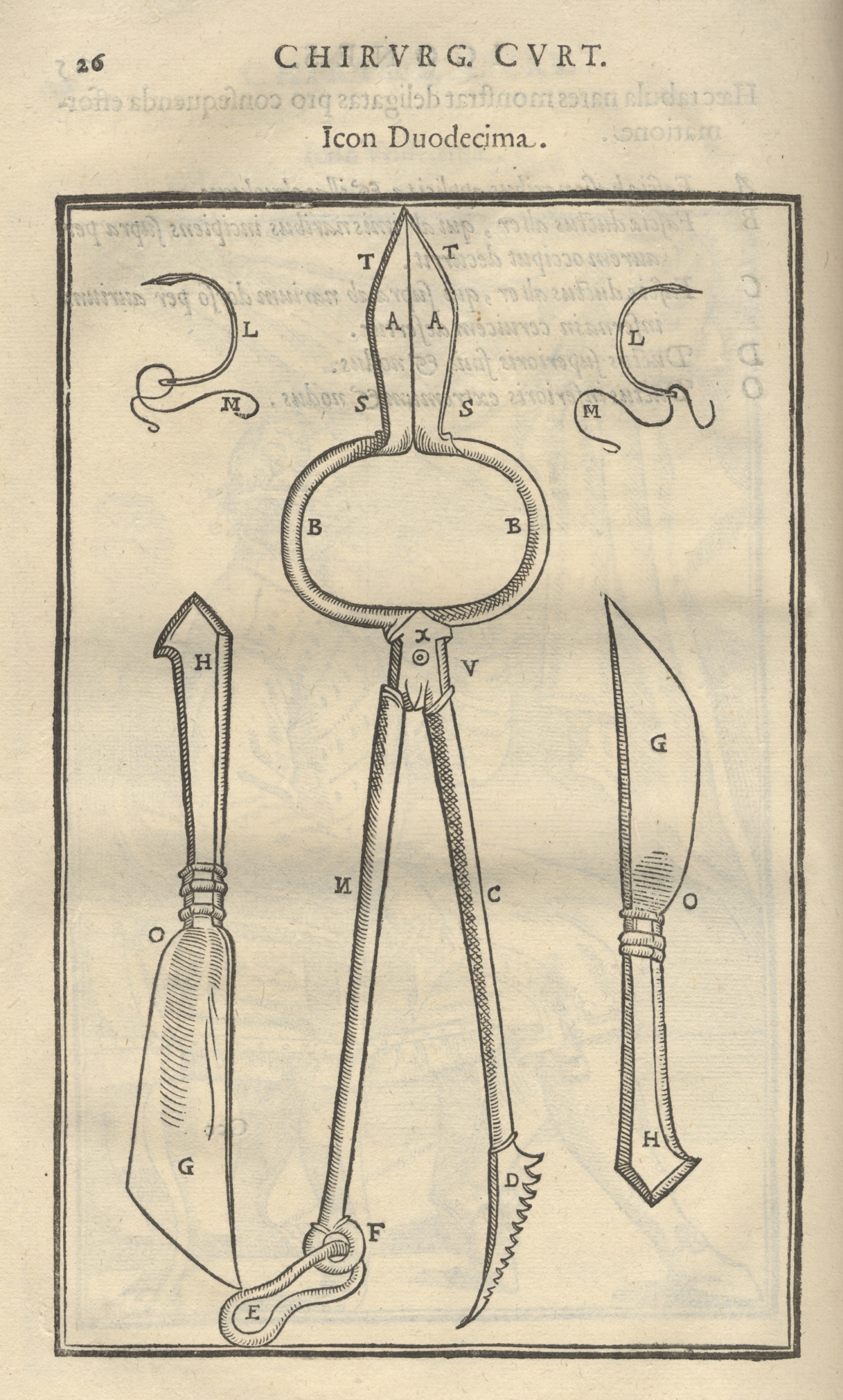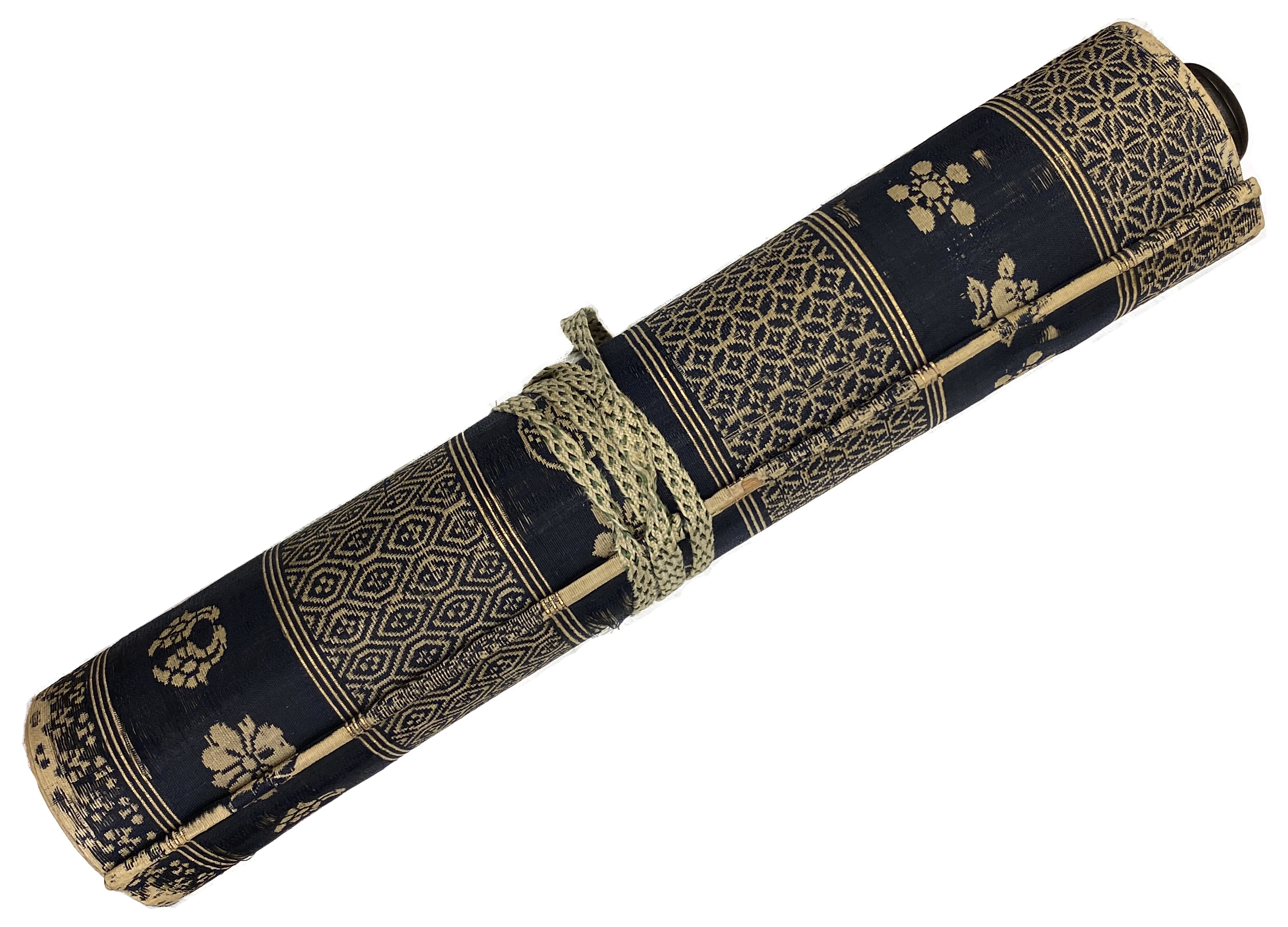BLANCO, MANUEL (1779–1845). Flora de filipinas. Printed in Manila at the Santo Tomas press, 1837. 21 cm tall. Manuel María Blanco Ramos was born on Nov. 24, 1779, in Navianos de Alba, a small village in the province of Zamora, Spain. Blanco grew up in Spain, influenced by King Charles III’s commitment to humanism andContinue reading “19th Century Philippines Herbal | July 2024 Book of the Month from the John Martin Rare Book Room @Hardin Library”
Tag Archives: rare medical books
John Martin Rare Book Room @Hardin Library Open House 2022 Book List
Visit the John Martin Rare Book Room at Hardin Library for the annual open house, Wednesday, April 20, from 4pm-7pm. All are welcome/family friendly! Masks encouraged. This is an in-person event. The following books will be on display: BLEULAND, JAN (1756-1838). Otium academicum. Trajecti ad Rhenum: Ex Officina Joh. Altheer, academiae typographi, 1828. SABUCO deContinue reading “John Martin Rare Book Room @Hardin Library Open House 2022 Book List”
John Browne | Myographia Nova | Dissection | Book of the Month from the John Martin Rare Book Room @Hardin Library
By Damien Ihrig, Curator, John Martin Rare Book Room BROWNE, JOHN (1642-1700) Myographia nova, or, A description of all the muscles in humane body : as they arise in dissection : distributed into six lectures ; at the entrance into every of which, are demonstrated the muscles properly belonging to each lecture now in generalContinue reading “John Browne | Myographia Nova | Dissection | Book of the Month from the John Martin Rare Book Room @Hardin Library”
December 2021 Book of the Month from the John Martin Rare Book Room @Hardin | Early Italian Facial Plastic Surgery
TAGLIACOZZI, GASPARE(1545-1599). De curtorum chirurgia per insitionem. Apud Gasparem Bindonum, juniorem, 1597. 32 cm tall. Tagliacozzi studied under Girolamo Cardano at the University of Bologna. After graduating, he became a professor of surgery and anatomy at Bologna. This work, “Concerning the surgery of the mutilated by grafting,” is a classic in the history of plastic surgery and isContinue reading “December 2021 Book of the Month from the John Martin Rare Book Room @Hardin | Early Italian Facial Plastic Surgery”
November 2021 Notes from the John Martin Rare Book Room @Hardin Library | Japanese Scroll from Mid-Edo Period
Full newsletter including more information about Japanese scrolls and additional images. UNKNOWN. Medicinal plants scroll from Japan’s mid-Edo period. Estimated date of creation is between 1727 and 1800. 29 x 800 cm. English translation available. The Medicinal plants scroll is, as its name suggests, a catalog of native Japanese plants, describing their habitats, flowers, fruits, and medicinal uses.Continue reading “November 2021 Notes from the John Martin Rare Book Room @Hardin Library | Japanese Scroll from Mid-Edo Period”




